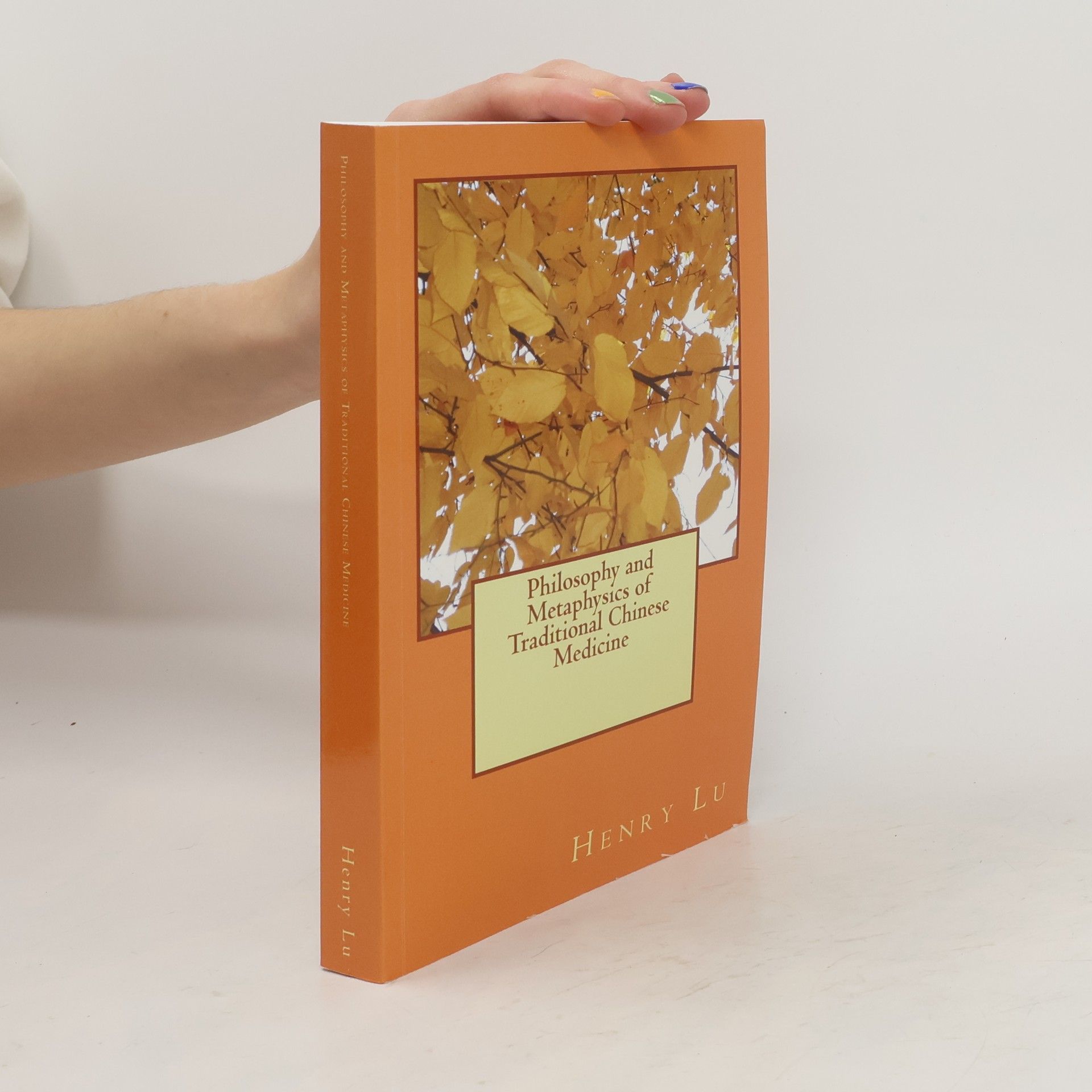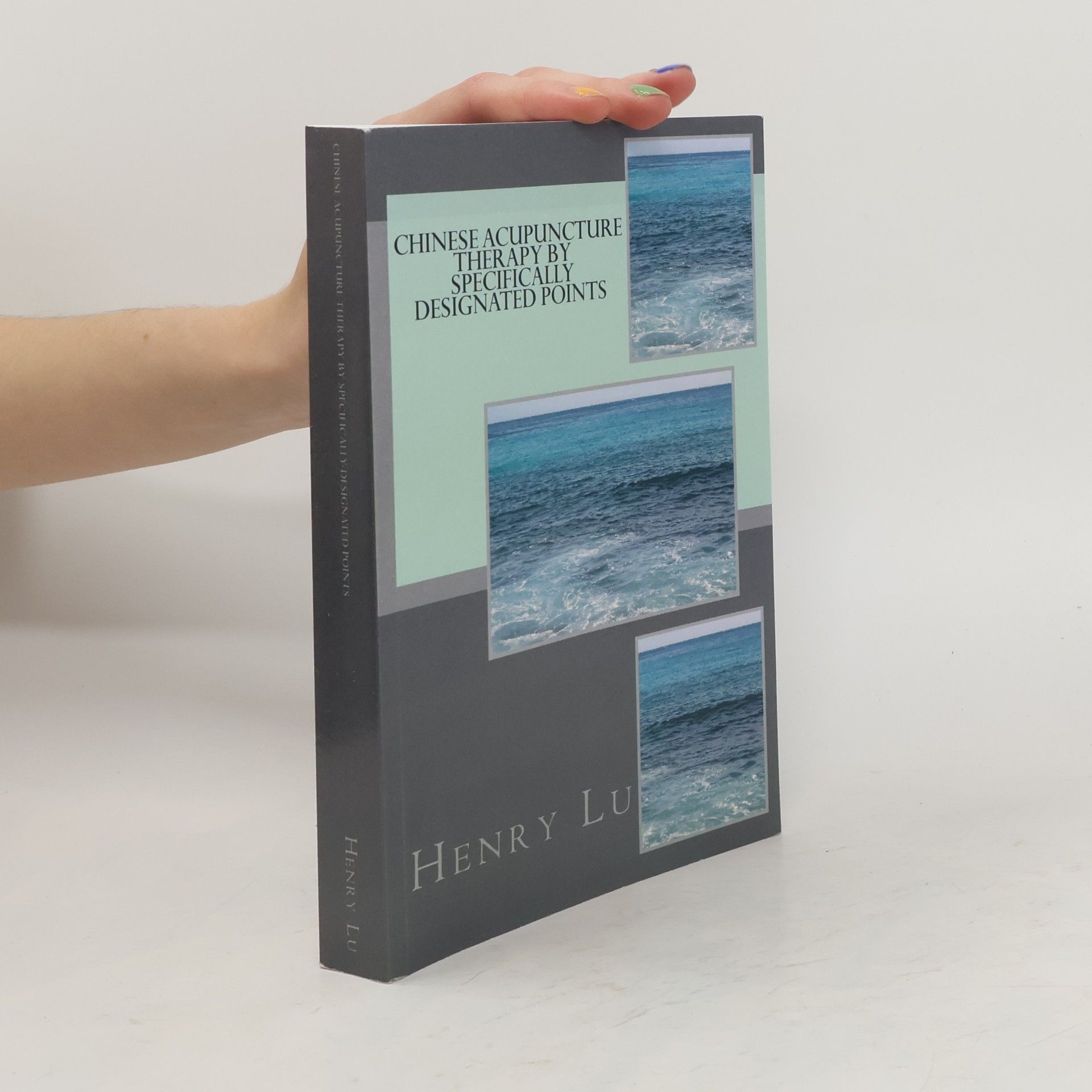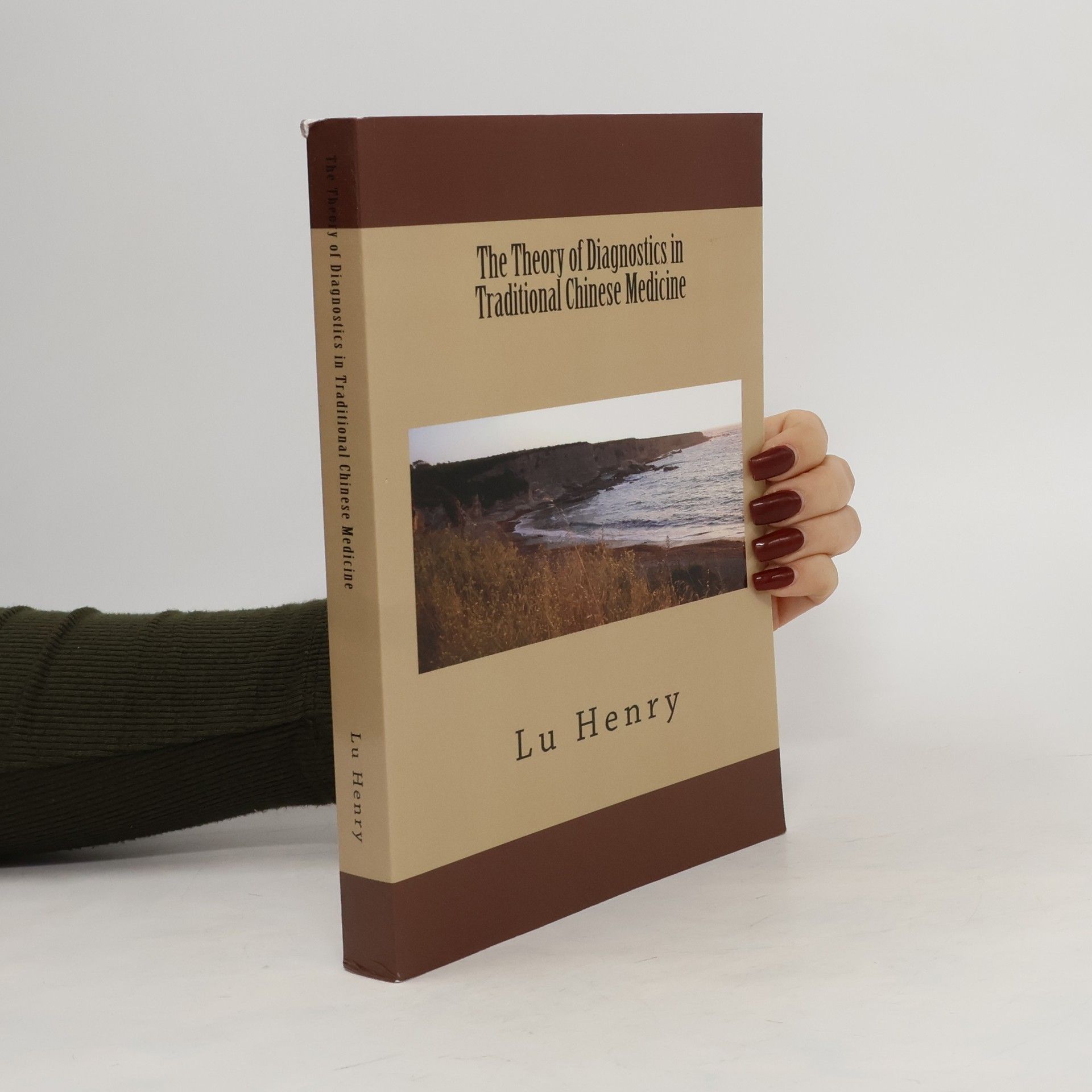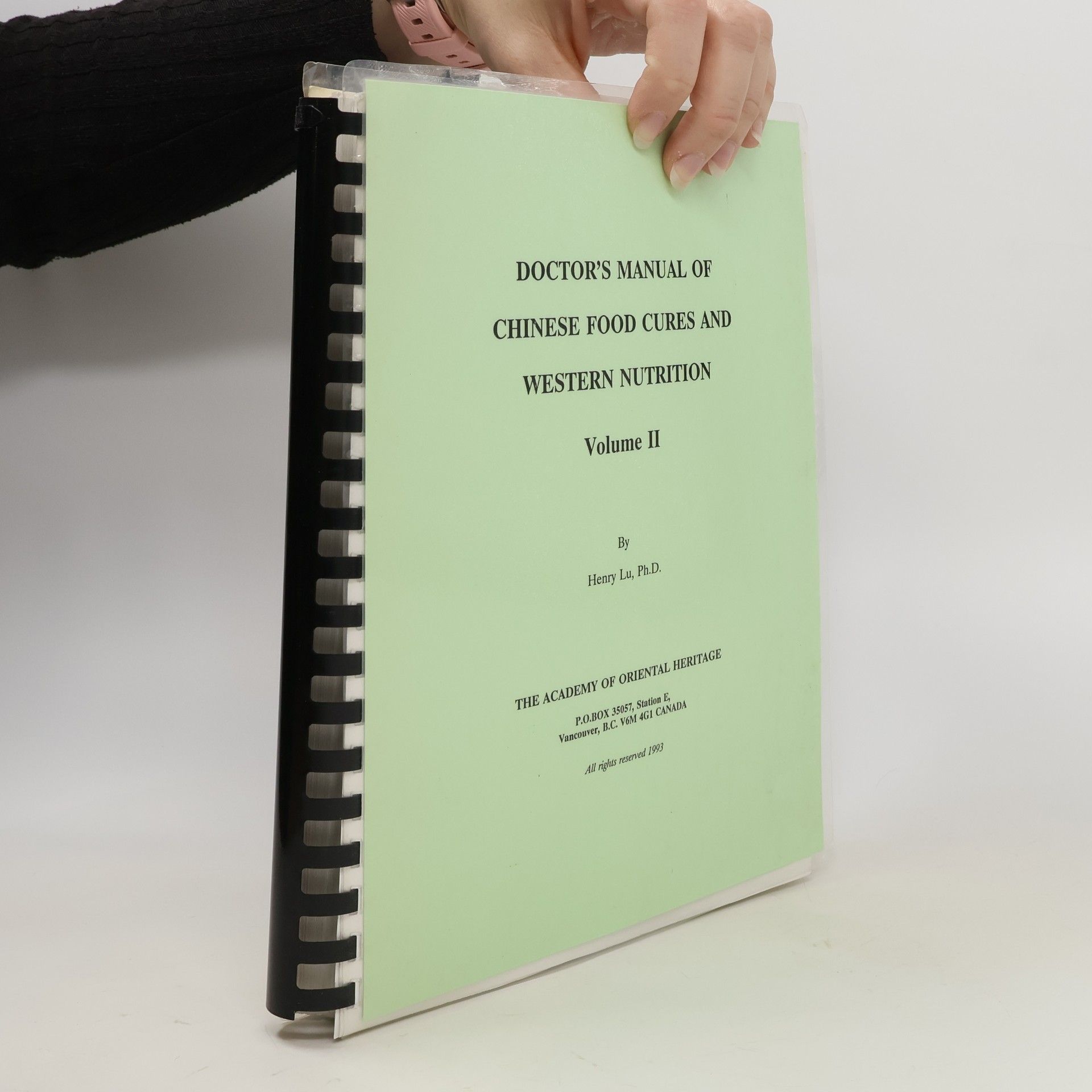Henry C. Lu Reihenfolge der Bücher

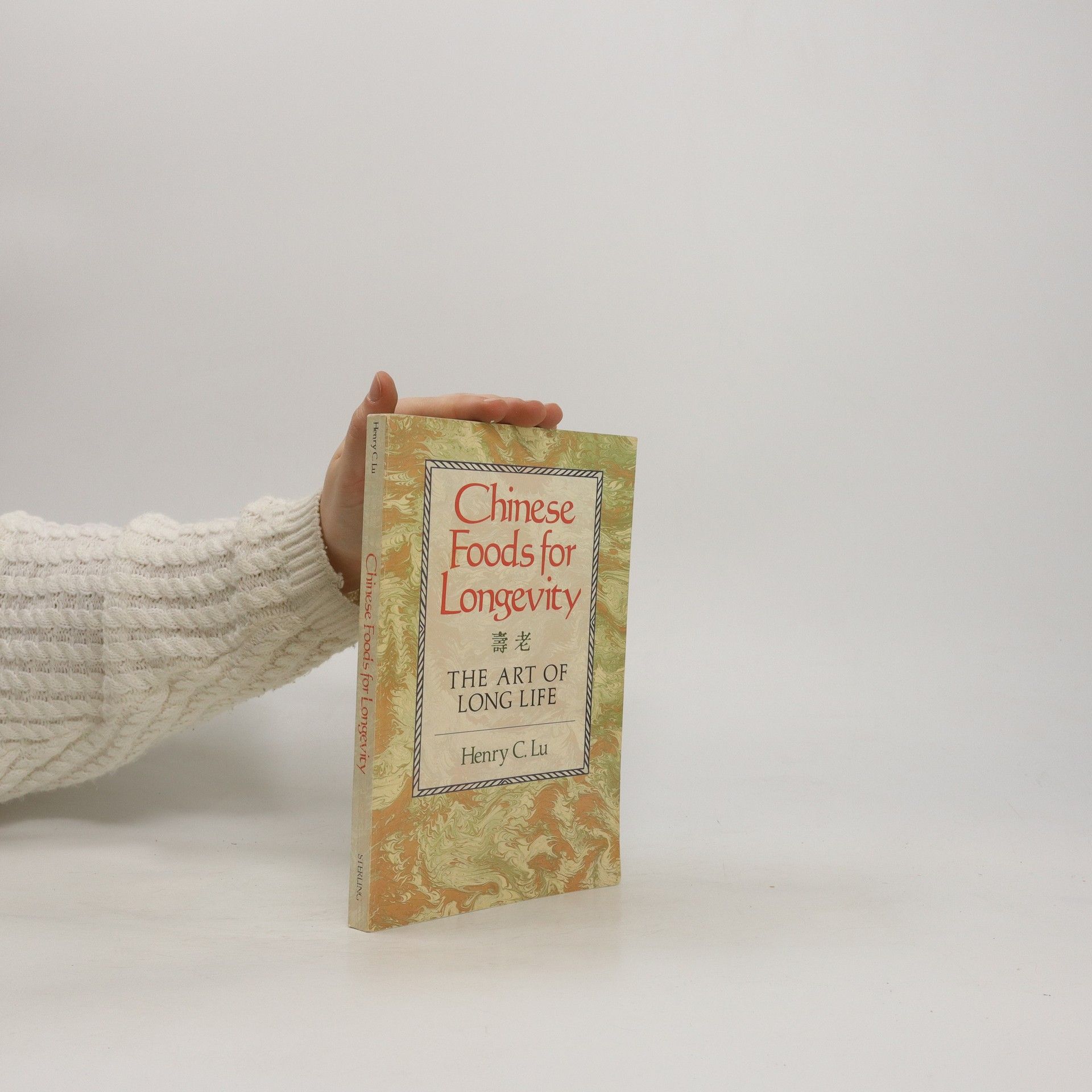
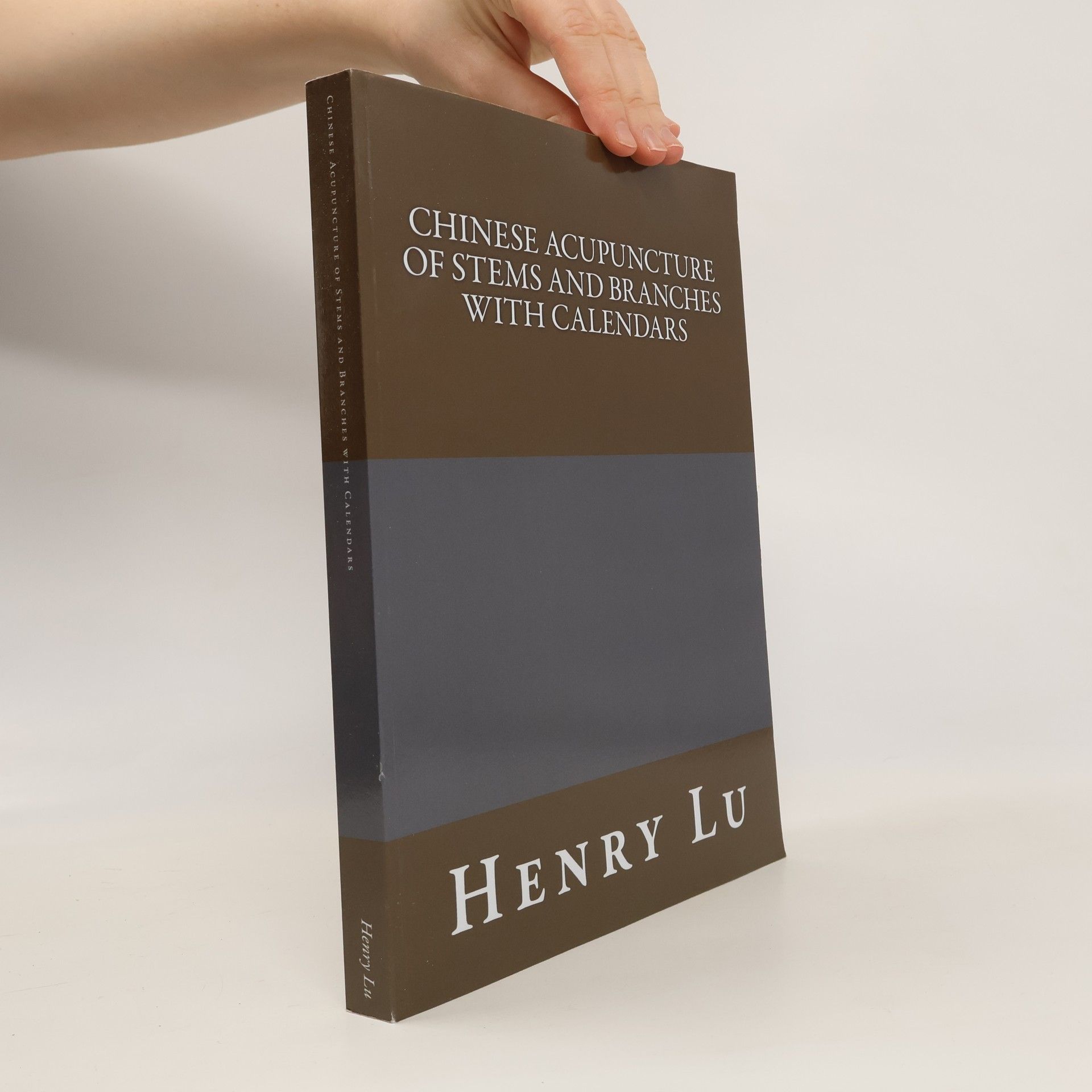


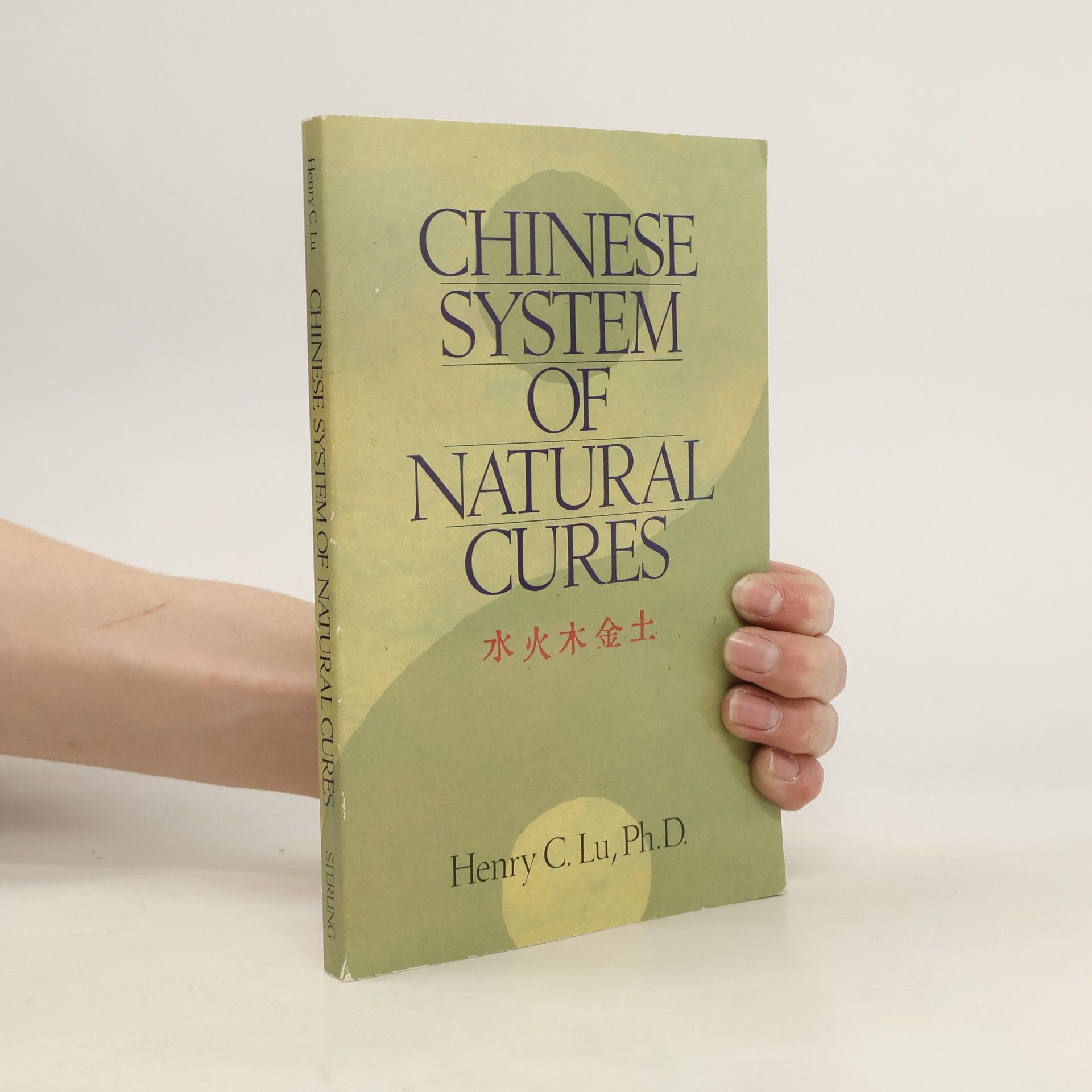
- 2017
- 2013
Philosophy and Metaphysics of Traditional Chinese Medicine
- 394 Seiten
- 14 Lesestunden
This book in Chinese medical philosophy and metaphysics provides you with access to over dozens of Chinese classics directly or indirectly related to Chinese medical philosophy and metaphysics, notably, Yi-Jing, Classics in Taoism, Classics in Confucianism, Classics in Chinese medical philosophy, etc. All key concepts contained in this book are traced back to their historical origins, and at the same time, they are also provided with modern Chinese interpretations regarding their philosophical meanings and clinical significance, notably, Qi or Energy, Yin and Yang theory, Five Elements Movements, Theory of Viscera-Bowels-Meridians, etc. The ideas and inspirations of this book are developed through the decades by way of library research and clinical experiences, notably. unique sources of information, current developments in the field of Chinese medicine, logical consistency of Chinese medical philosophy not only in clinical practice of Chinese medicine but also in other related fields of modern sciences. Original materials which are not available to Western students and practitioners of Chinese medicine in the past and at present and in the distant future, are contained in this book with the sole objective of cultivating advanced students in the field of Chinese medical philosophy and metaphysics.
- 2013
Chinese Acupuncture Therapy by Specifically Designated Points
- 424 Seiten
- 15 Lesestunden
Some acupuncture points on the fourteen major meridians have their unique functions; they are singled out to be named "Specifically Designated Points." A total of 224 specifically designated points are mentioned in this book. 1. The five command points are closest to the tips of the four extremities. 2. The source points are the points where the original energy passes through or comes to a stop. 3. The fifteen Linking points are the points that link together the superficial and deep regions. 4. The Back points are the points on the back at which the energy streams of the viscera, the bowels, and the meridians enter into the posterior region of the body. 5. The Front points refer to the points in the thoracic and abdominal regions where the energy of meridians and that of the viscera and bowels gather together. 6. The sixteenCleft points are the fissures where the energy of meridians turns and gathers together. 7. The eight Meeting points are the points where the energy of two meridians meet together because those two meridians come across each other somewhere in the trunk and other regions. 8. The eight focus points refer to the focus points of viscera, bowels, energy, blood, the focus point of tendons, blood vessels, bones, and marrow. 9. There are approximately 102 meeting points of meridians.
- 2013
Chinese Acupuncture of Stems and Branches with Calendars
- 322 Seiten
- 12 Lesestunden
Chinese acupuncture based upon stems branches is one type of acupuncture that pays specific attention to the time elements, it is an important type of traditional Chinese acupuncture. In Nei Jing, it is maintained that man corresponds to heaven and earth, both natural phenomena in the universe and energy circulation in the human body can be calculated by reference to the pattern of stems and branches with stems representing heaven and branches representing earth. This is why stems are also called the heavenly stems and branches are called the earthly branches. There are two basic words used to represent two periods of namely, Zi (or Tzu in older pinyin) stands for the first period of time daily which is 11 p.m. to 1 a.m., and Wu stands for the 7th period of time which is 11 a.m. to 1 p.m.. A Chinese medical classic says, "Yang begins prior to the Zi period and ends after the Wu period. Yin begins after the Wu period and ends before the Zi period; yin and yang are in abundance and in decline according to different periods of time; they begin and end without a stop."
- 2013
The Theory of Diagnostics in Traditional Chinese Medicine
- 408 Seiten
- 15 Lesestunden
Typically, a textbook of TCM diagnostics consists of two first, learning how to look for indications of a patient, including clinical signs, symptoms, and diseases; second, learning the syndromes to account for the indications. In clinic, a doctor diagnoses a patient to collect indications from the patient by observations, questioning, etc such as diarrhea, cough, pale complexion, red tongue, and so on. Each indication may be attributed to a number of syndromes in the vast majority of cases. On the other hand, each syndrome may contain a number of indication also. The traditional methods of diagnosis (1) diagnosis by observations; (2) diagnosis by auscultation (hearing) and olfaction (sense of smell); (3) diagnosis by interrogating the patients; (4) diagnosis by taking the pulse and palpation. Generally speaking, diagnosis by observations is to identify change that occurs on body surface of the patient by observations, including tongue diagnosis. Tooth marks on the tongue may be attributed to spleen energy deficiency, damp sputum obstructing middle burning space, both energy and yin in deficiency. Tongue without coating points to deficiency, internal dryness, cold, energy deficiency, heat at the nutritive level.
- 2005
Čínský systém léčby potravinami: Prevence a léčení
- 285 Seiten
- 10 Lesestunden
Tajemství, které Číňané znají po staletí, odhaluje moc léčivých vlastností běžných potravin. V knize se dozvíte, jak žvýkání čerstvých třešní léčí zánět hrtanu, jak celerová šťáva s medem snižuje hladinu škodlivého cholesterolu a jak čajové lísky se zázvorem pomáhají při chronickém žaludečním kataru. Tyto tradiční recepty byly ověřeny moderním čínským výzkumem a představují alternativu k medikální léčbě. Čínský systém léčby potravinami ukazuje, jak využít léčebné vlastnosti potravin prostřednictvím jejich chutí, energií a účinků. Vysvětluje také, proč stejné potraviny působí na různé osoby různě, přičemž klíčem je poměr energie jin a jang, aplikovaný na potraviny a tělesné typy. Po určení vašeho poměru jin/jang (což je v knize podrobně vysvětleno) můžete efektivně přistupovat k léčbě a prevenci nemocí a posílení zdraví. Kniha je plná myšlenek, které vám otevřou oči a naučí vás připravovat stovky pokrmů z různých surovin pro zmírnění a léčbu mnoha zdravotních problémů, jako jsou nadváha, nespavost, astma, cukrovka a další. Získejte možnost přinést do svého života více harmonie a zdraví prostřednictvím každodenní stravy!
- 2000
Eat your way to health! An acclaimed practitioner of Chinese medicine shows how to identify the indications of illness in each major organ through a four-step diagnostic system--and, if it falls outside the healthy range, to begin the restoration process. Charts define each syndrome, suggest applicable Western diseases, relate medical cases, offer treatment principles, and recommend foods and herbs to heal every area of the body. Includes an overview of food cures and six classes of food and their effects.
- 1999
The most comprehensive, trusted, and user-friendly guide to Chinese traditional medicine is finally available in a handy paperback.A perennial backlist bestseller in hardcover, Chinese Natural Cures remains the most complete and up-to-date book available in the Western world on the system and wisdom of Chinese medicine.Traditional Chinese medicine is made up of four distinct methods of the use of herbs, acupuncture, the use of certain foods, and massage. Its practices can be used side-by-side with traditional Western medicine and have been growing steadily in popularity in the U.S. over the past decade. Written by world renowned practitioner Dr. Henry C. Lu, Chinese Natural Cures is a complete and user-friendly guide to the principals and methods of Chinese medicine. Included here are treatments for dozens of ailments and complaints such as body pains, digestive problems, sleep disorders, infertility, and more. An encyclopedic section on herbs includes the classification of all Chinese herbs and their application, and a comprehensive section on the Chinese system of food cures offers vital information on how a wide variety of foods can prevent or cure disease. Dozens of easy-to-follow charts organize all of this invaluable information for reference at a glance.This handsomely designed new paperback edition is smaller and handier, and is sure to bring the traditions of Chinese medicine to an even wider audience.
- 1994
Discover traditional Chinese herbal healing formulas--and how to use the Four Energies, the Five Flavors, and the Four Movements to prescribe various herbal treatments, as well as acupuncture and other methods of pain relief. Detailed sections of specific treatments of patients' complaints, and recommended herbal treatments for diagnosed diseases, including high cholesterol, diabetes, heart and coronary problems, arthritis, allergies, and more.

